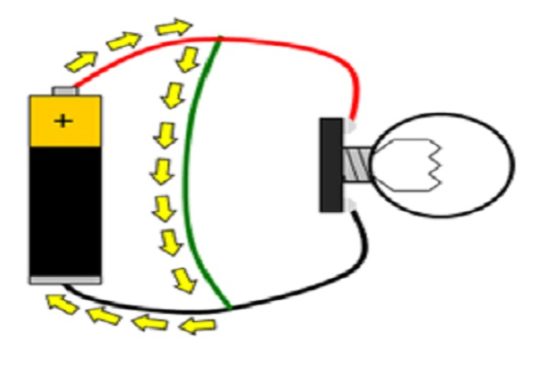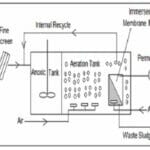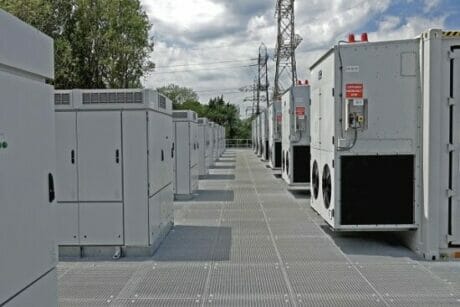-
×
 E - 1280 Area Development Plans
1 × $75.00
E - 1280 Area Development Plans
1 × $75.00 -
×
 E - 1126 Steel Design – Basics - Updated to AISC 14th edition
1 × $5.00
E - 1126 Steel Design – Basics - Updated to AISC 14th edition
1 × $5.00 -
×
 E - 1110 Ponds – Planning, Design, and Construction
1 × $150.00
E - 1110 Ponds – Planning, Design, and Construction
1 × $150.00 -
×
 E - 1105 Flow Measurement in Pipes and Ducts
1 × $100.00
E - 1105 Flow Measurement in Pipes and Ducts
1 × $100.00 -
×
 E - 1117 Introduction to Biofuels
1 × $75.00
E - 1117 Introduction to Biofuels
1 × $75.00 -
×
 E - 1509 Motion Detection Technology
1 × $100.00
E - 1509 Motion Detection Technology
1 × $100.00 -
×
 E - 1106 Fundamentals of Heat Exchangers
1 × $50.00
E - 1106 Fundamentals of Heat Exchangers
1 × $50.00 -
×
 E - 1182 More Project Performance Secrets
1 × $150.00
E - 1182 More Project Performance Secrets
1 × $150.00 -
×
 E - 1114 Hydraulic Jumps and Supercritical & Non-uniform Flow
1 × $75.00
E - 1114 Hydraulic Jumps and Supercritical & Non-uniform Flow
1 × $75.00 -
×
 E - 1230 Road Design for Cold Regions
1 × $75.00
E - 1230 Road Design for Cold Regions
1 × $75.00 -
×
 E - 1512 Customizing Security Design
1 × $100.00
E - 1512 Customizing Security Design
1 × $100.00
Subtotal: $955.00

 E - 1280 Area Development Plans
E - 1280 Area Development Plans 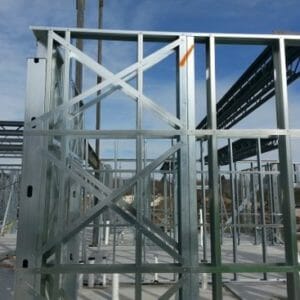 E - 1126 Steel Design – Basics - Updated to AISC 14th edition
E - 1126 Steel Design – Basics - Updated to AISC 14th edition  E - 1110 Ponds – Planning, Design, and Construction
E - 1110 Ponds – Planning, Design, and Construction 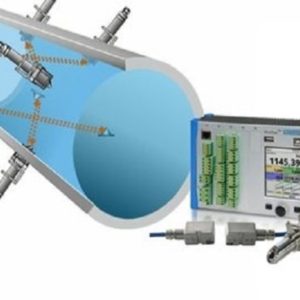 E - 1105 Flow Measurement in Pipes and Ducts
E - 1105 Flow Measurement in Pipes and Ducts  E - 1117 Introduction to Biofuels
E - 1117 Introduction to Biofuels  E - 1509 Motion Detection Technology
E - 1509 Motion Detection Technology 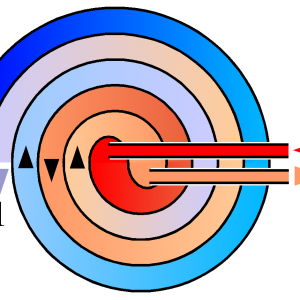 E - 1106 Fundamentals of Heat Exchangers
E - 1106 Fundamentals of Heat Exchangers  E - 1182 More Project Performance Secrets
E - 1182 More Project Performance Secrets  E - 1114 Hydraulic Jumps and Supercritical & Non-uniform Flow
E - 1114 Hydraulic Jumps and Supercritical & Non-uniform Flow  E - 1230 Road Design for Cold Regions
E - 1230 Road Design for Cold Regions  E - 1512 Customizing Security Design
E - 1512 Customizing Security Design 